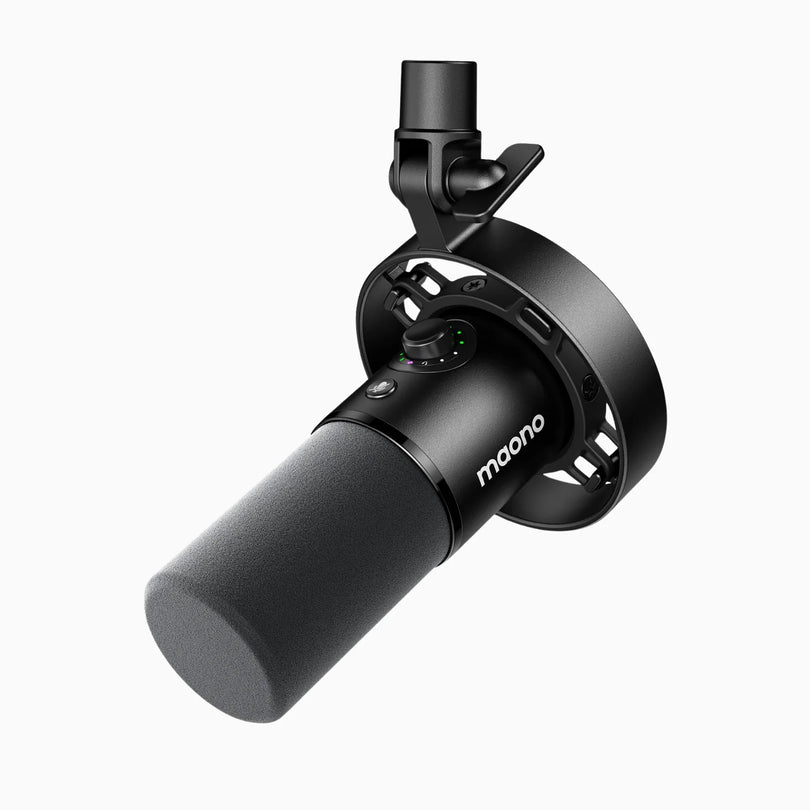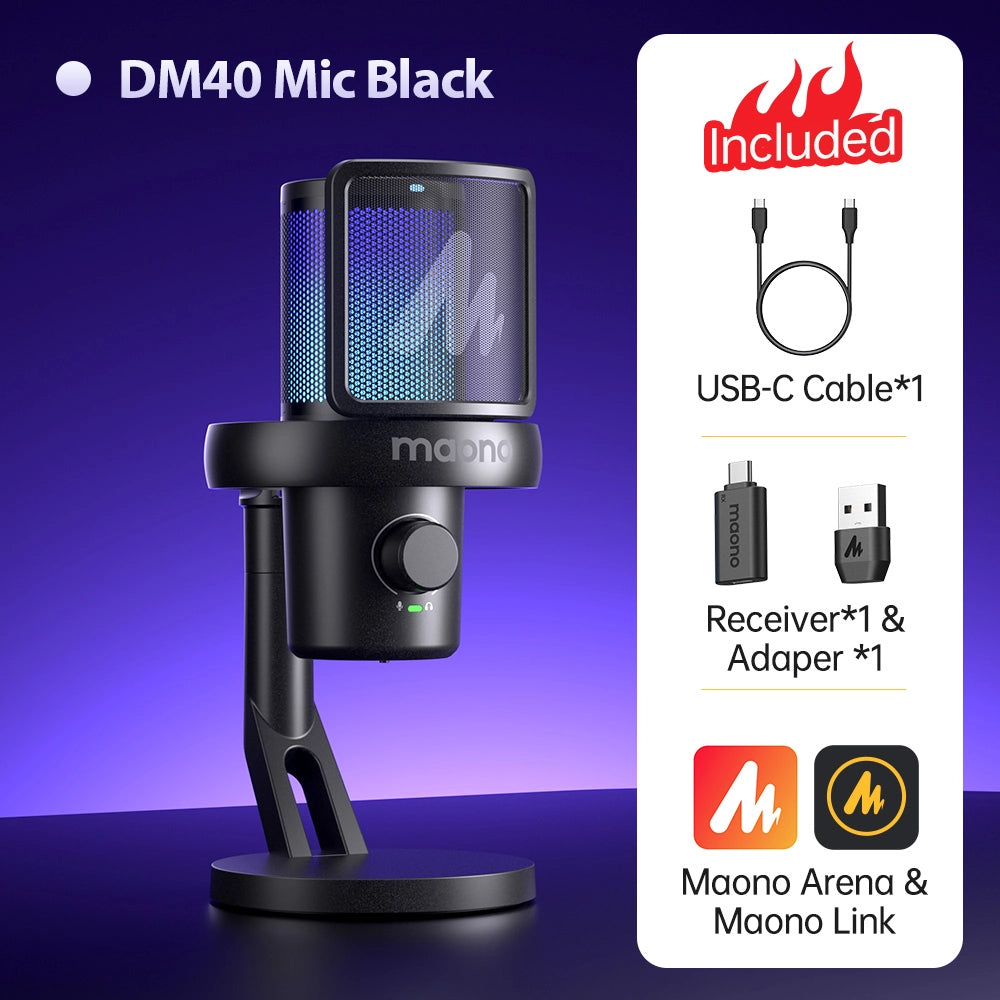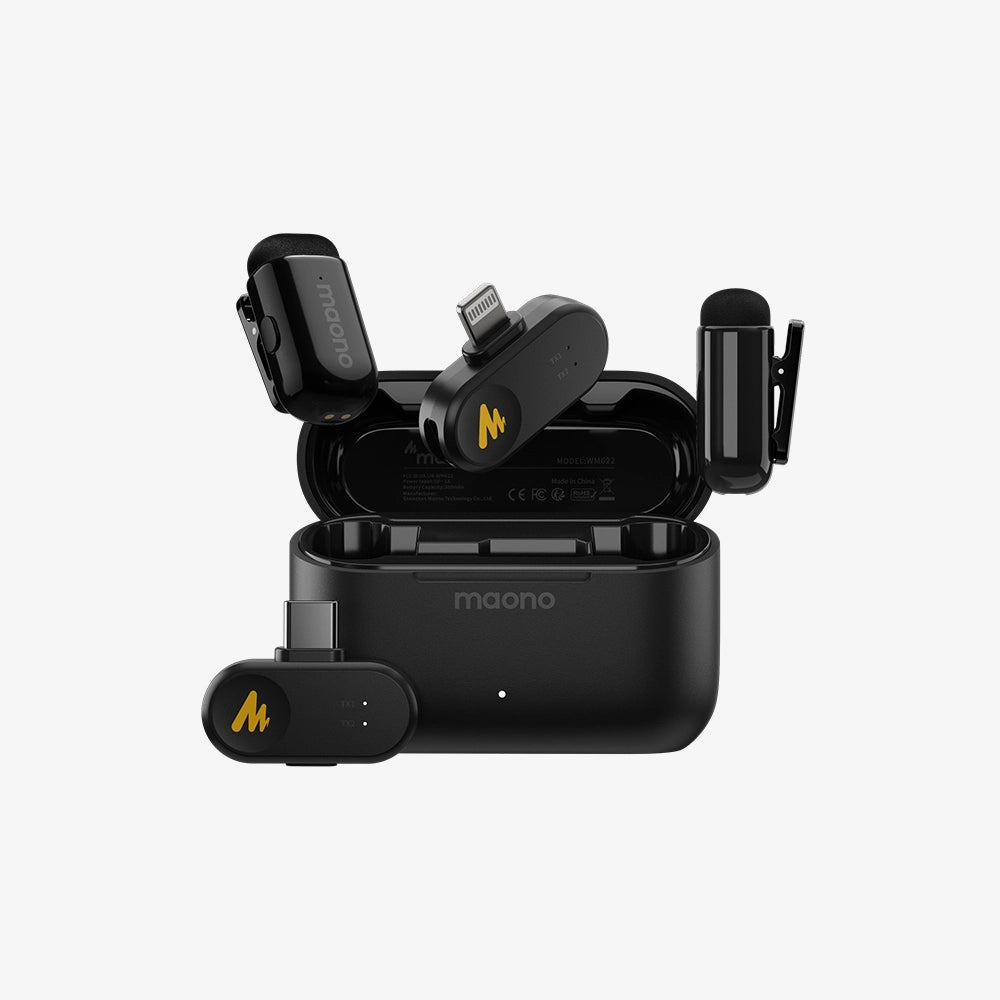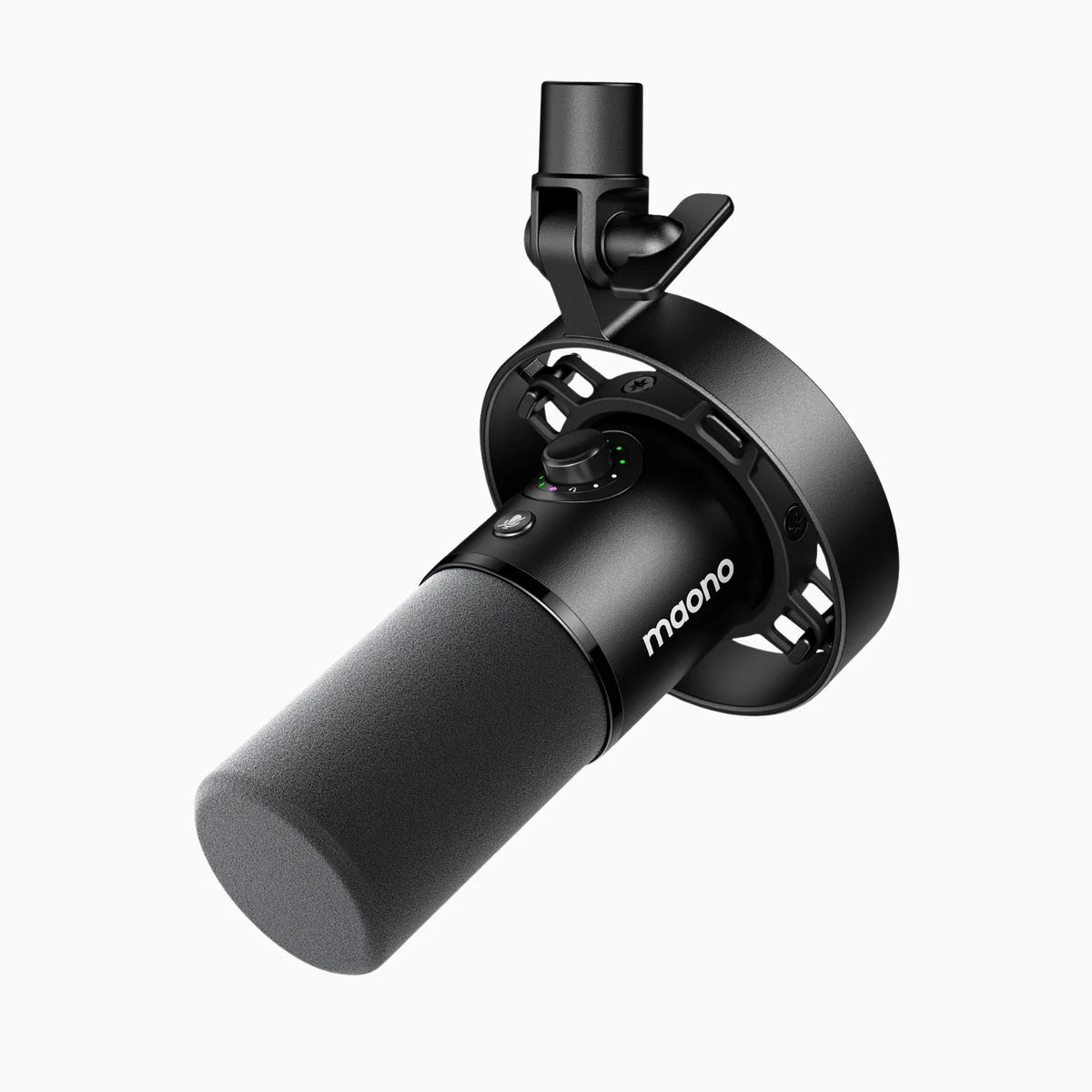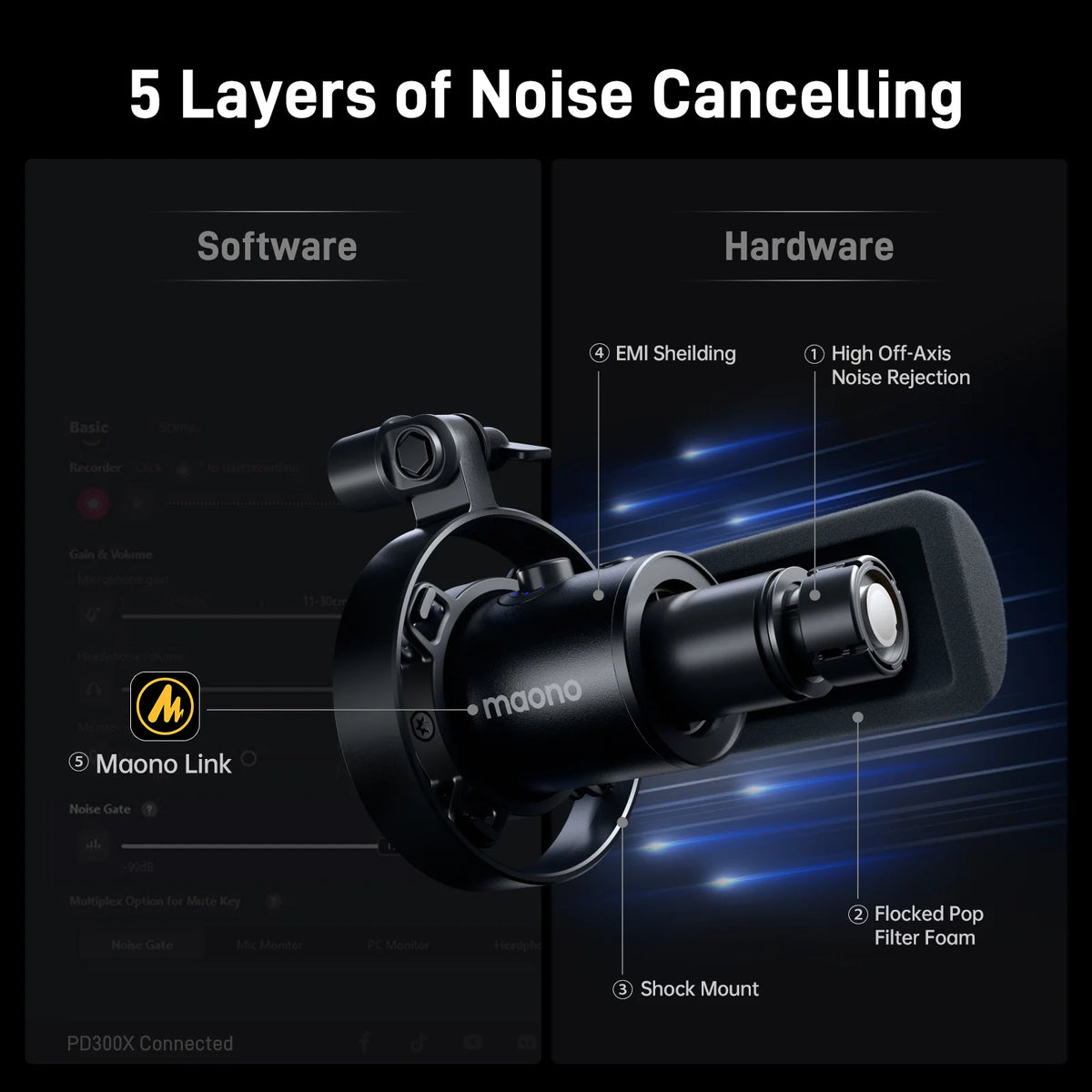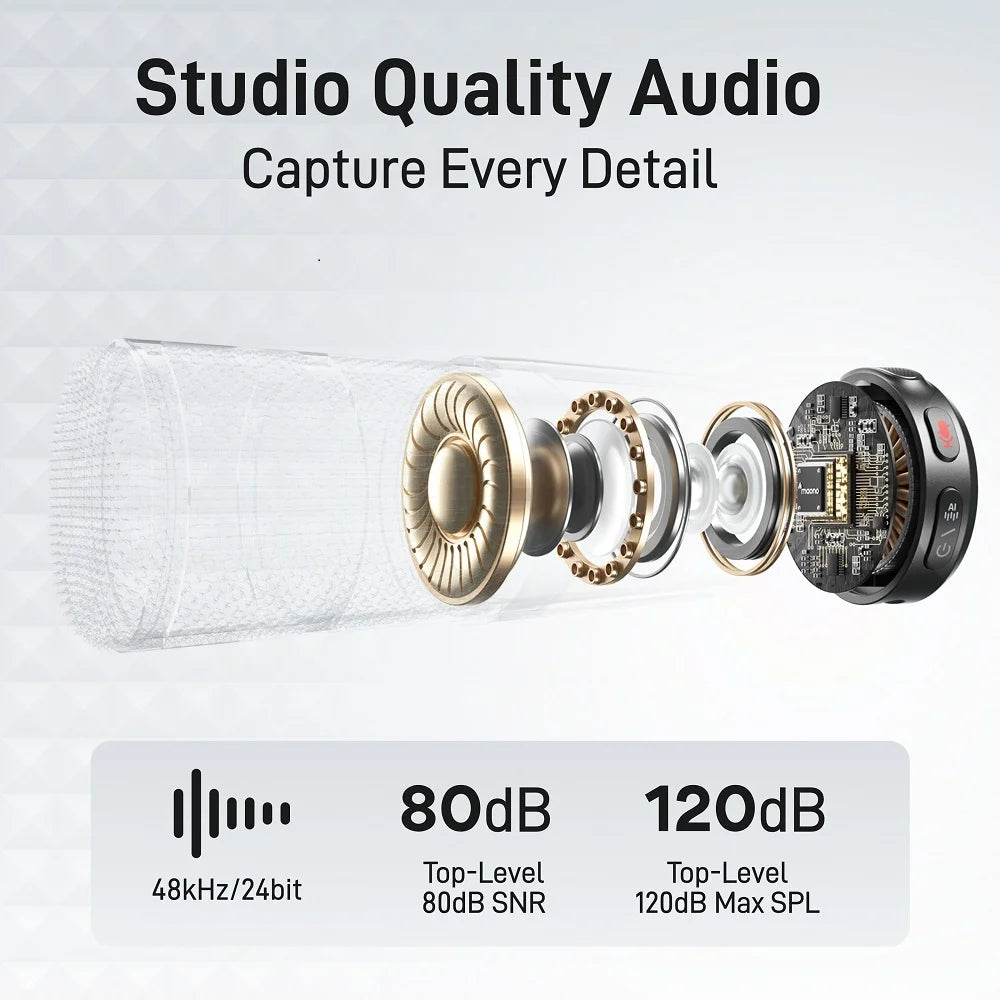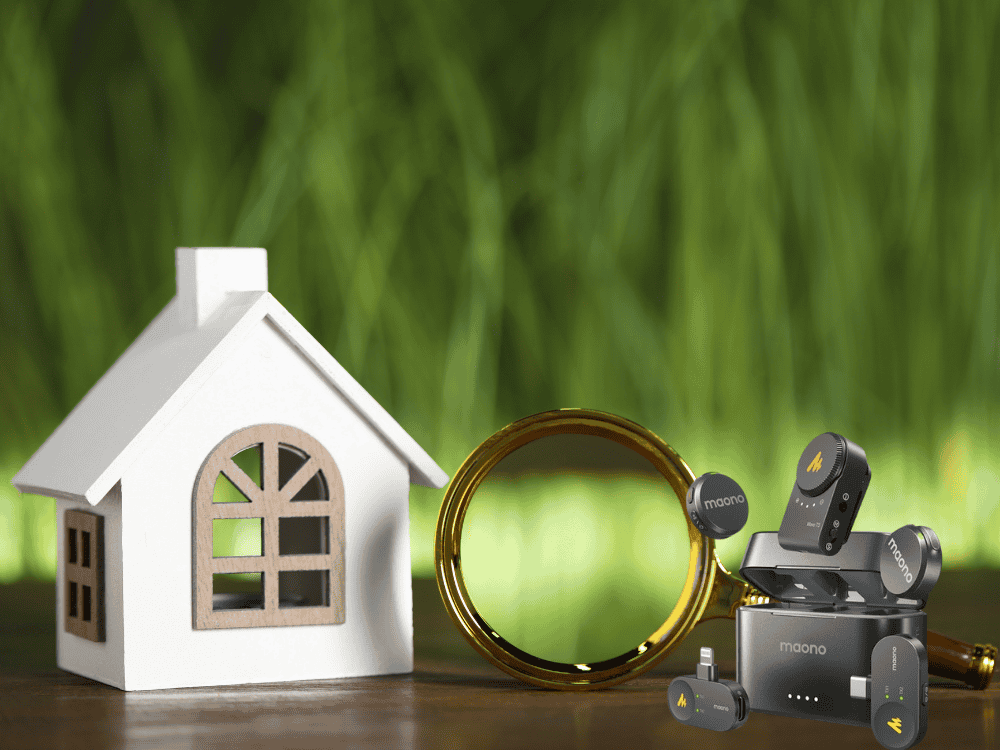Miniature buildings and house-building vlogs are very popular on YouTube, Facebook, and TikTok. It’s incredibly satisfying to watch these creators showcase their creativity, especially when paired with the ASMR-like quality of their voice-overs, often recorded using a wireless microphone or a lav mic for camera to achieve clean, immersive audio. Some creators prefer to remain faceless, narrating stories as they build, while others show their faces and speak directly to the camera during the process. Whether they’re using a lav mic system or a basic lavalier mic and receiver, the audio experience plays a big role in viewer engagement.
Miniature house building is a craft that combines architecture, storytelling, and artistic expression in a small, captivating format. Whether you’re a hobbyist, a content creator on YouTube or TikTok, or simply someone fascinated by the art of tiny home design, having the right materials is key to creating lifelike miniatures.
One of the biggest questions aspiring miniature crafters ask is: Where can I buy miniature building materials for my DIY projects? From bricks the size of a fingernail to tiny pieces of real wood, the right supplies can make or break your miniature masterpiece.
Many creators today are also looking for eco-friendly or non-toxic materials, especially when crafting with kids or for long-term projects. Fortunately, there are various brands and platforms that offer safe, sustainable, and budget-friendly options. Some even specialize in complete miniature house-building kits, taking the guesswork out of sourcing everything separately.
Let’s dive into where to find these adorable supplies and what to look for when starting or upgrading your DIY mini house project.
Creators who vlog on tablets or smartphones often use a lavalier mic for iPad or a lavalier microphone for Android phone to get clear voice recordings while keeping their setup compact and portable. Some even pair their lavalier microphone and speaker systems to project and record at the same time, especially when creating tutorials or live streams. Others opt for a lavalier microphone with receiver to ensure seamless connectivity and mobility while filming detailed craft work.
Are There Any Reliable Websites That Sell Miniature House Supplies?
Yes! Several trusted online stores and platforms specialize in miniature house materials and kits:
-
Miniatures.com
One of the most reputable sites for high-quality miniature supplies. They offer everything from handcrafted furniture to authentic miniature bricks, shingles, and wallpapers.
-
AliExpress
A treasure trove of affordable miniature accessories and building materials. While shipping can take time, the variety and pricing are ideal for those on a budget.
-
Hobby Lobby
This popular craft store carries a modest but useful range of miniatures, including dollhouse furniture, faux plants, and building materials. Visit the physical store for weekly discounts or shop online.
-
Dollar Tree
An underrated spot for affordable DIY materials. While they may not have official miniatures, creative crafters use small wooden blocks, decorative stones, and faux moss from Dollar Tree to build realistic miniature scenes.
How Much Does Miniature Cement Cost and Where Is It Cheapest?
Miniature cement prices vary depending on brand, size, and where you buy it. Typically, a small pack (about 100–200 grams) costs between $3 and $10.
-
On AliExpress, you’ll find the cheapest options—some even under $2, but shipping may take weeks.
-
Amazon and Miniatures.com offer faster delivery but at a slightly higher price.
-
If you're crafty, consider making your own (more on that below!).
Can I Find Miniature Bricks, Tiles, and Wood Online?
Absolutely! Miniature construction materials are widely available online:
-
Mini bricks and tiles
Found on Mini Materials, Etsy, and AliExpress. They are made of real clay or resin for a realistic touch.
-
Wood pieces
Basswood or balsa wood strips are ideal for DIY walls, floors, and window frames. Available on Amazon, eBay, and Hobby Lobby.
Tip: Always check scale before purchasing. For dollhouse projects, 1:12 scale is the most common.
What Is the Best Material for Realistic Miniature House Construction?
The most realistic miniature houses often use a mix of:
-
Miniature clay bricks
-
Real wood (like basswood or birch)
-
Miniature cement or plaster
-
Resin for faux glass and water features
For roofs, shingles made of sandpaper, wood slats, or cardboard strips work well. Lightweight but durable materials ensure your build won’t collapse or warp over time.
How Do I Make Miniature Cement at Home?
DIY mini cement is easier to make than you think! You’ll need:
-
Portland cement powder (available at hardware stores)
-
Fine sand (or sifted play sand)
-
Water
-
Optional: White glue for better bonding and smoother texture
Mix ratio: 1 part cement, 1 part sand, and water until it becomes thick and paste-like. Use small molds or apply with a palette knife.
Note: Always wear a mask and gloves when handling cement, even in small quantities.
What Kind of Glue or Bonding Agent Should I Use with Mini Cement?
For bonding mini bricks or tiles:
-
PVA glue (white glue) works well for general assembly.
-
Hot glue sets fast, but isn’t ideal for precision work.
-
For a stronger, more realistic bond, mix a bit of white glue into your cement mixture.
Sealing your mini cement work afterward with a matte sealant helps preserve the look and prevents crumbling.
Can I Use Regular Cement for Miniature Building Projects?
Technically, yes—but it’s not ideal. Regular cement can be too coarse for detailed miniature work and may not adhere well to small-scale materials. Instead, use Portland cement mixed with fine sand or look for miniature cement kits sold online.
Is There a Difference Between DIY Mini Cement and Store-Bought Versions?
Yes, there is:
-
Store-bought mini cement is finely milled, pre-mixed, and sometimes contains bonding agents for added strength.
-
DIY cement is cost-effective but may need more care in mixing and applying.
Beginners may find ready-made mini cement easier to work with, while experienced crafters often enjoy the freedom of homemade mixes.
What Microphone Should I Use for Miniature House Projects or Voice-Overs?
If you're sharing your miniature builds on YouTube or TikTok, high-quality audio is a must—especially for relaxing voice-overs or ASMR-style videos.
We recommend:
-
Maono Wave T5

Maono Wave T5 is a wireless microphone perfect for creators. It’s compact, has great audio quality, and works seamlessly with smartphones and DSLRs.
-
Maono Wave T1 Mini

This Maono Wave T1 Mini is a more budget-friendly option, this wireless mic is great for beginners. It clips easily onto clothing and is ideal for voice-over narration.
Both are excellent choices when filming builds hands-free or on the go.
Should I Wear a Wireless Microphone in a Discreet Manner or Is It Okay to Clip It on My Clothes?
It depends on your content style:
-
For faceless creators or those emphasizing ASMR, discreet placement is best. Try hiding the mic under a collar or behind props.
-
If you appear on camera, a visible clip-on mic is perfectly acceptable. Many creators clip it near the neckline or pocket.
Just make sure the mic is positioned close enough for clear audio without muffling from fabric.
Exploring Lavalier Microphone Options for Content Creators
For creators seeking versatile audio solutions, lavalier microphones offer excellent portability and sound clarity. These compact mics are perfect for creators who need flexibility while filming DIY miniature house projects.
Here are some must-have lav mic options and systems tailored for various devices:
Lav mic for camera
Ideal if you're using a DSLR or mirrorless camera for detailed shots of your builds. These mics provide crisp audio and minimal background noise, especially useful for tutorials or walkthroughs.
Lav mic system
These come with a transmitter and receiver setup—offering wireless freedom. They’re great for moving around your workspace without being tethered by cables. Look for systems that work well with multiple devices for added versatility.
Lavalier mic and receiver
These combos are perfect if you're capturing content for both mobile and professional setups. Plug the receiver into your device and enjoy consistent, high-quality audio as you narrate or guide viewers through your process.
Lavalier mic for iPad
If you're using an iPad for editing or live-streaming builds, this mic is a game-changer. Many models connect via USB-C or lightning adapters, offering plug-and-play simplicity with professional-grade sound.
Lavalier microphone and speaker setups
These are especially helpful during workshops or live classes. The speaker amplifies your voice, while the mic ensures that your voice is picked up clearly—even in noisy environments.
Lavalier microphone for Android phone
Android users also have great options. These mics plug into the headphone jack or USB-C port and are ideal for casual creators who film directly on their phones. They’re small, lightweight, and provide clear narration audio.
When choosing a lavalier mic setup, look for features like noise cancellation, battery life, and compatibility with your primary recording devices

Conclusion
Creating DIY miniature house projects is not only fun and rewarding—it’s also an expressive and therapeutic hobby that connects creators around the world. Also, building a miniature house isn’t just a creative escape—it’s a rewarding hobby that blends design, storytelling, and hands-on craftsmanship. Whether you're into building tiny dollhouses, filming ASMR videos, or narrating tutorials for your followers, having access to the right miniature building supplies and audio tools can elevate your projects.
From sourcing tiny bricks and miniature cement on trusted websites like Miniatures.com, AliExpress, Hobby Lobby, and Dollar Tree, to choosing the best mic gear like the Maono Wave T5, Maono Wave T1 Mini which are both high-quality lav mic system, each tool plays a role in your success as a creator.
As you explore the world of miniature house-building, don’t overlook the power of good audio. Whether you opt for a lavalier mic and receiver, a lav mic for iPad, or a wireless microphone discreetly clipped to your outfit, your viewers will appreciate the clear narration and immersive sound experience.
So go ahead—gather your tiny materials, fire up your camera, clip on your lavalier microphone for Android phone, and start building your miniature masterpiece today. Your next viral mini house vlog could be just one brick (and one mic) away!
Related article:




